Even when AI makes beautiful, awe-inspiring new artworks, people are understandably reluctant to call it creative. Why? It's because real creativity is an expression of agency, write Dustin Stokes and Elliot Samuel Paul.
An up-and-coming visual artist is gaining international fame for making images in response to prompts from curious fans. When asked for “a calm still life in ethereal blue”, the artist replied with this:

source: @advadnoun on Twitter
Check out the artist’s rendering of “Studio Ghibli landscape”:

The artist is prolific, offering numerous options for any given prompt, including these, inflected through the style of a fellow illustrator, for “a painting of climate change killing humanity, by Greg Rutkowski”:

source: @RiversHaveWings on Twitter
“A painting of humanity surviving artificial intelligence, by Greg Rutkowski”:
(source: @RiversHaveWings on Twitter)
Commissioned for an illustrated story called “Tour of the Sacred Library,” the artist drummed up an elaborate series of scenes, including these:


source: Ryan Moulton
If you’re like most people, you recognize these images as having notable aesthetic properties: they are variously intriguing, cool, balanced, trippy, captivating, impressionistic, abstract, lovely, serene, evocative, and more. Furthermore, you probably take these works to be expressions of creativity, at first.
But while you may acknowledge the creativity of the human beings involved – the programmers and perhaps the users who crafted the prompts – you may be reluctant to say the program itself is creative. Why?
But here’s the twist: the “artist” behind these artworks is a computer program. It involves a neural network called CLIP and you can try it out yourself.
Does learning the artist’s identity change your assessment of its work? Presumably you still see its images as having various aesthetic properties: they are still arresting or soothing, lively or mellow, and so on. But while you may acknowledge the creativity of the human beings involved – the programmers and perhaps the users who crafted the prompts – you may be reluctant to say the program itself is creative. Why?
The classic statement of skepticism regarding the possibility of computer creativity goes back to Ada Lovelace in the 19th century. Her friend, Charles Babbage, had published his design for the Analytical Engine, a hypothetical machine that would use punched cards to represent mathematical values, and would implement various “formulae” in what we now call programs to perform calculations. Though Babbage never managed to build this machine, it is widely regarded as the first complete design for a general computer. In 1842, Lovelace wrote an important set of reflections on the Analytical Engine, for which many scholars celebrate her, along with Babbage, as one of the founders of modern computational theory. One of Lovelace’s key insights was that, in theory, the Engine could be programmed to perform functions beyond calculation. But even so, she sounded this precaution:
“It is desirable to guard against the possibility of exaggerated ideas that might arise as to the powers of the Analytical Engine. The Analytical Engine has no pretensions whatever to originate anything. It can do whatever we know how to order it to perform.” (italics added)
A program can never generate anything new, Lovelace says, because it can only yield outputs that are already stored in its memory or coded into its program. We can’t get more out of a program than what its programmer has already put into it.
We can’t get more out of a program than what its programmer has already put into it.












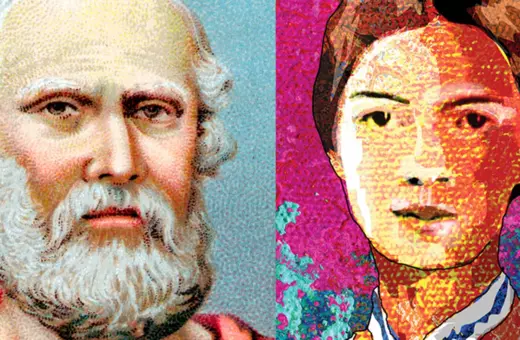
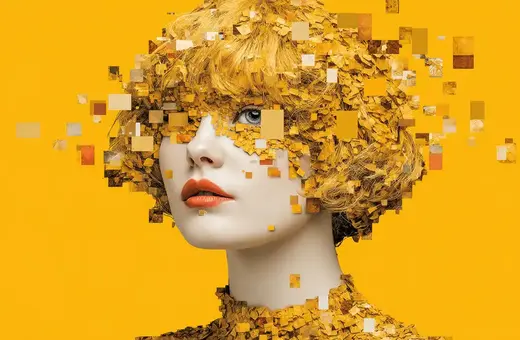
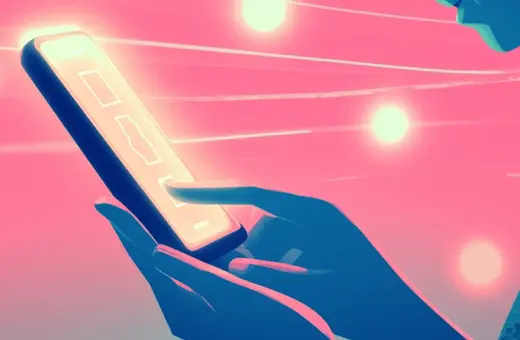
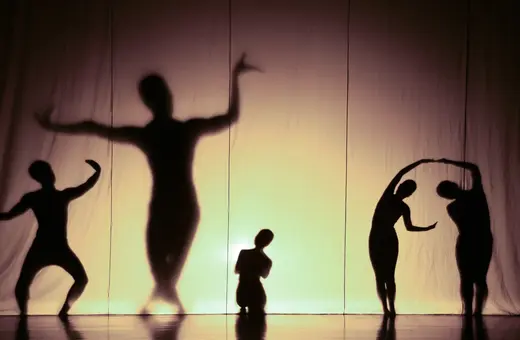
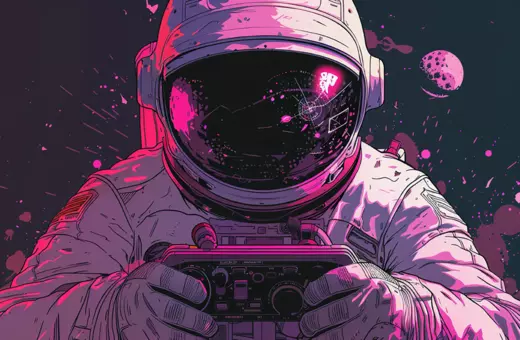


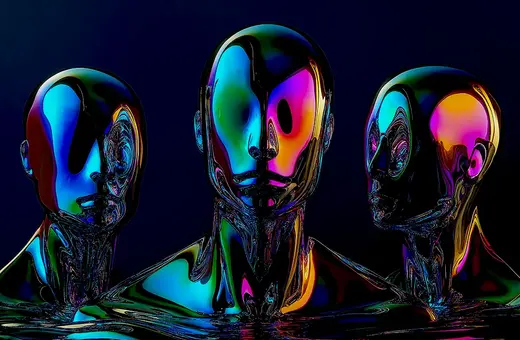
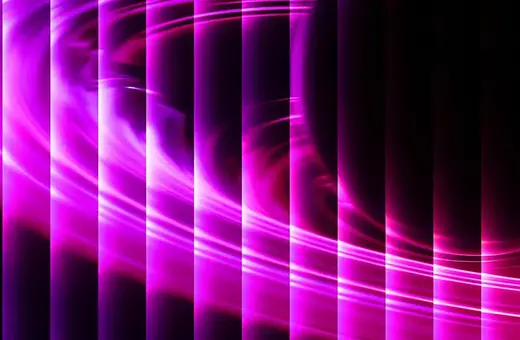

Join the conversation